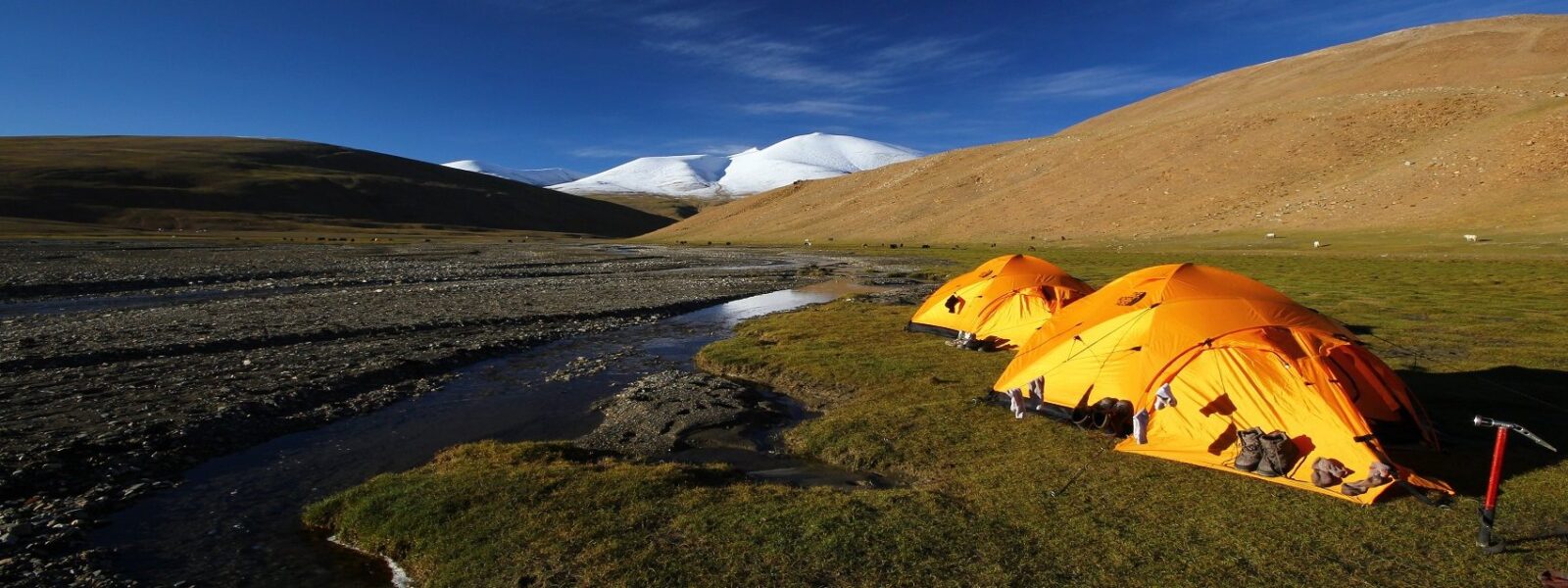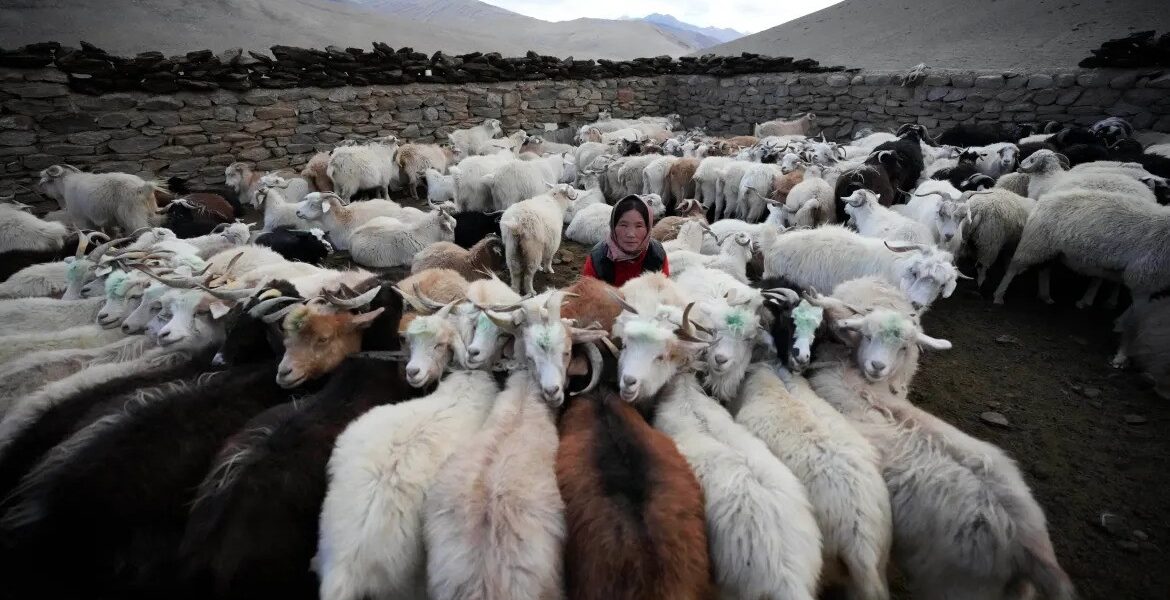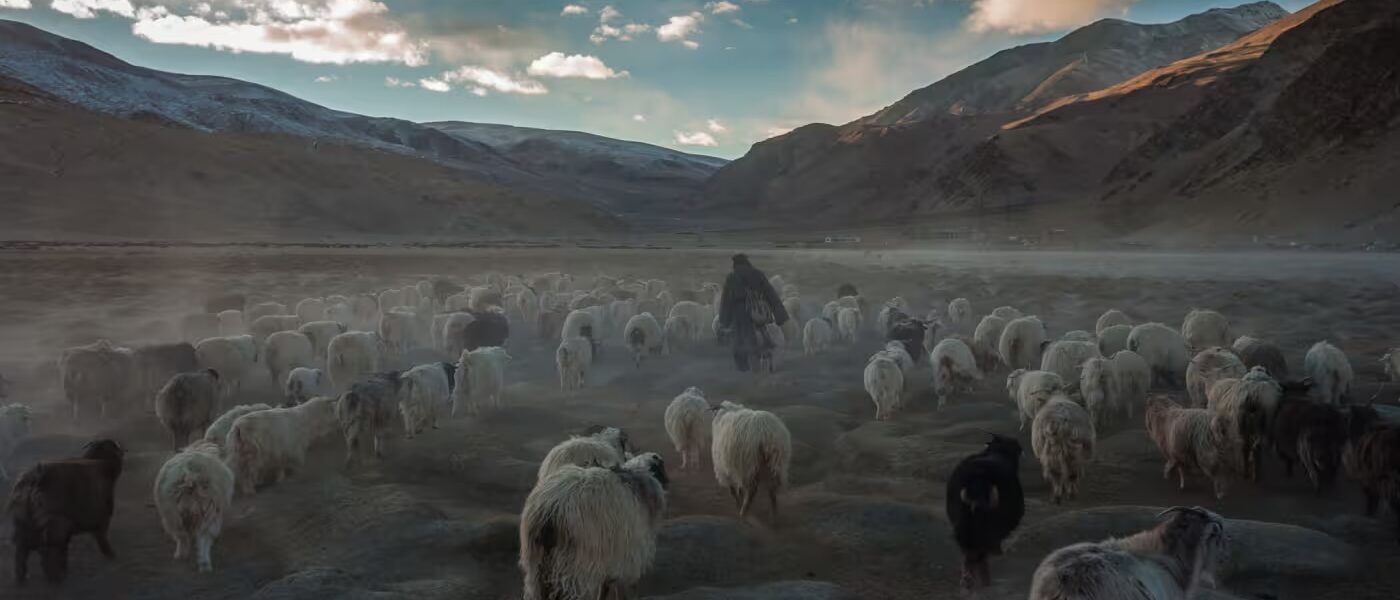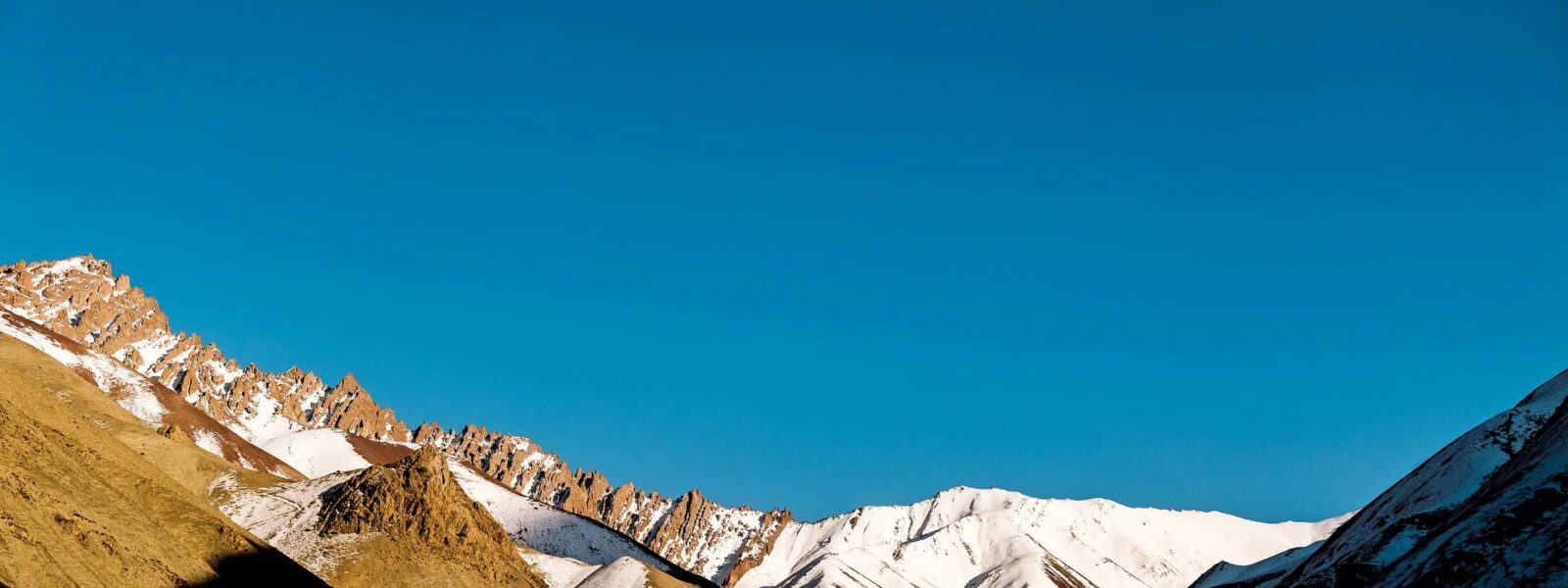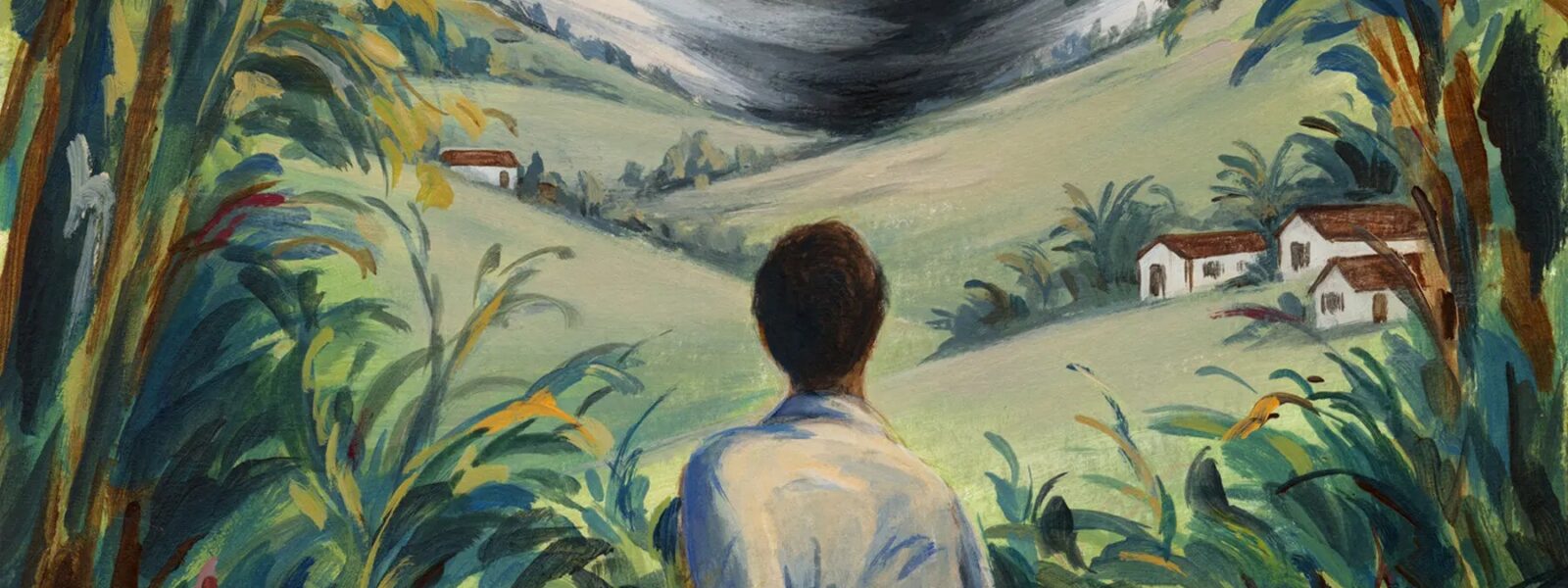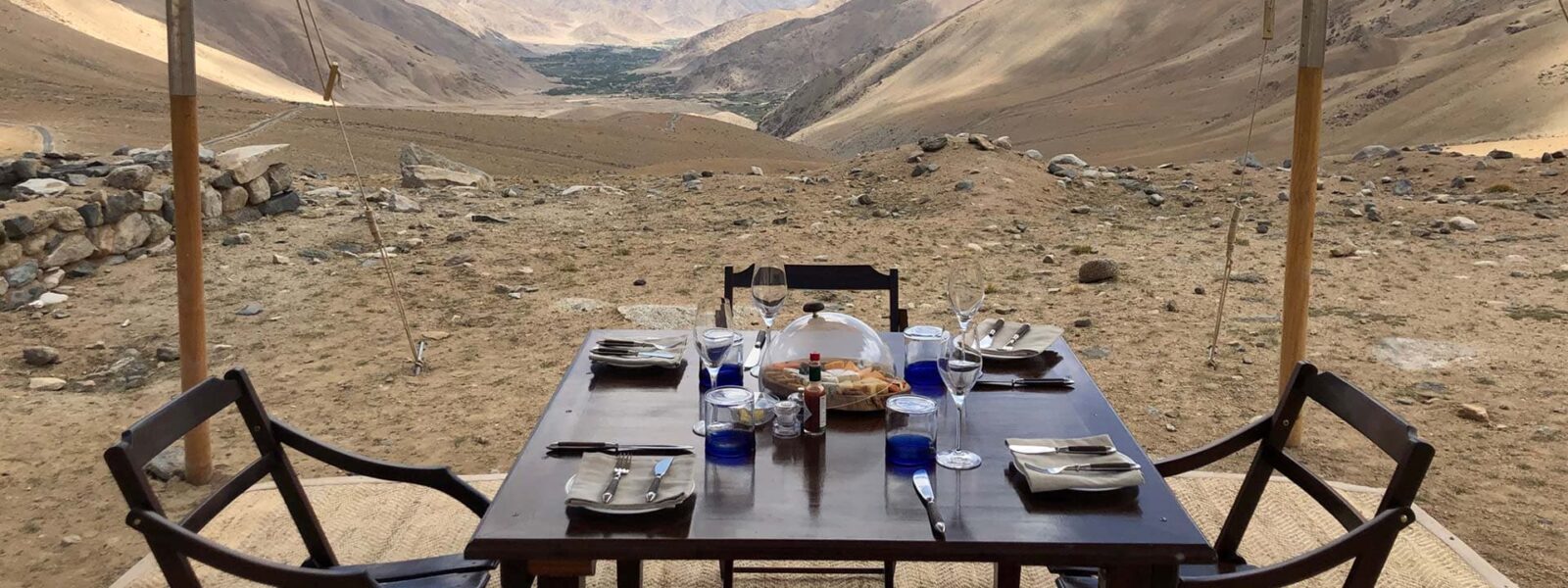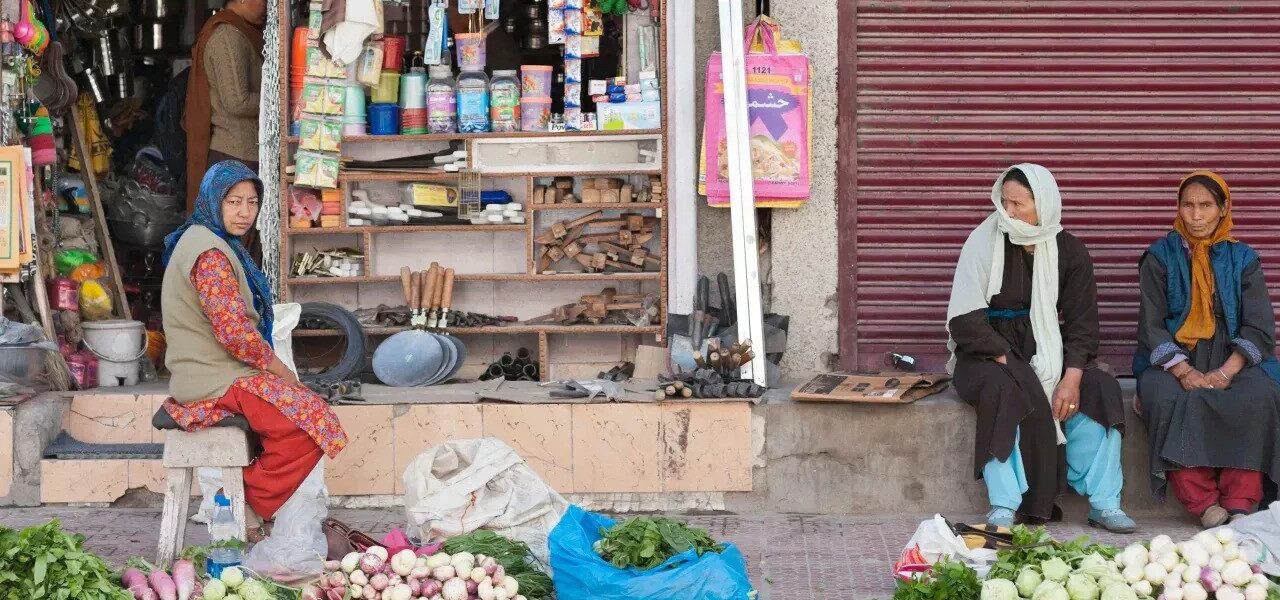🌄 Nestled in the northernmost region of India, Ladakh is a mesmerizing Himalayan wonderland that has captivated travelers from around the globe. Known as the “Land of High Passes,” this remote destination offers a unique blend of breathtaking landscapes, rich cultural heritage, and thrilling adventures. For European travelers, Ladakh is a dream destination that promises an unforgettable experience. Whether you’re an adventure enthusiast, a culture seeker, or a nature lover, this guide will help you plan the perfect trip to Ladakh.
Why Ladakh is a Must-Visit Destination for European Travelers
Ladakh is not just a place; it’s an experience. Its dramatic landscapes, vibrant culture, and warm hospitality make it a must-visit destination for European travelers. Here’s why Ladakh should be on your travel bucket list:
Unique Landscapes and Natural Beauty
Ladakh is home to some of the most stunning natural wonders in the world. From the shimmering Pangong Tso Lake to the serene Tso Moriri, the region’s high-altitude lakes are a sight to behold. The rugged mountains, vast deserts, and lush valleys create a landscape that is both surreal and awe-inspiring.
Rich Cultural Heritage
Ladakh’s culture is deeply rooted in Tibetan Buddhism, and this is reflected in its ancient monasteries, vibrant festivals, and traditional way of life. Visiting monasteries like Hemis, Thiksey, and Diskit offers a glimpse into the spiritual heart of Ladakh.
Adventure Opportunities
For those seeking adventure, Ladakh is a paradise. Whether it’s trekking through the Markha Valley, riding a motorcycle on the Khardung La Pass, or rafting in the Zanskar River, the region offers endless opportunities for thrill-seekers.
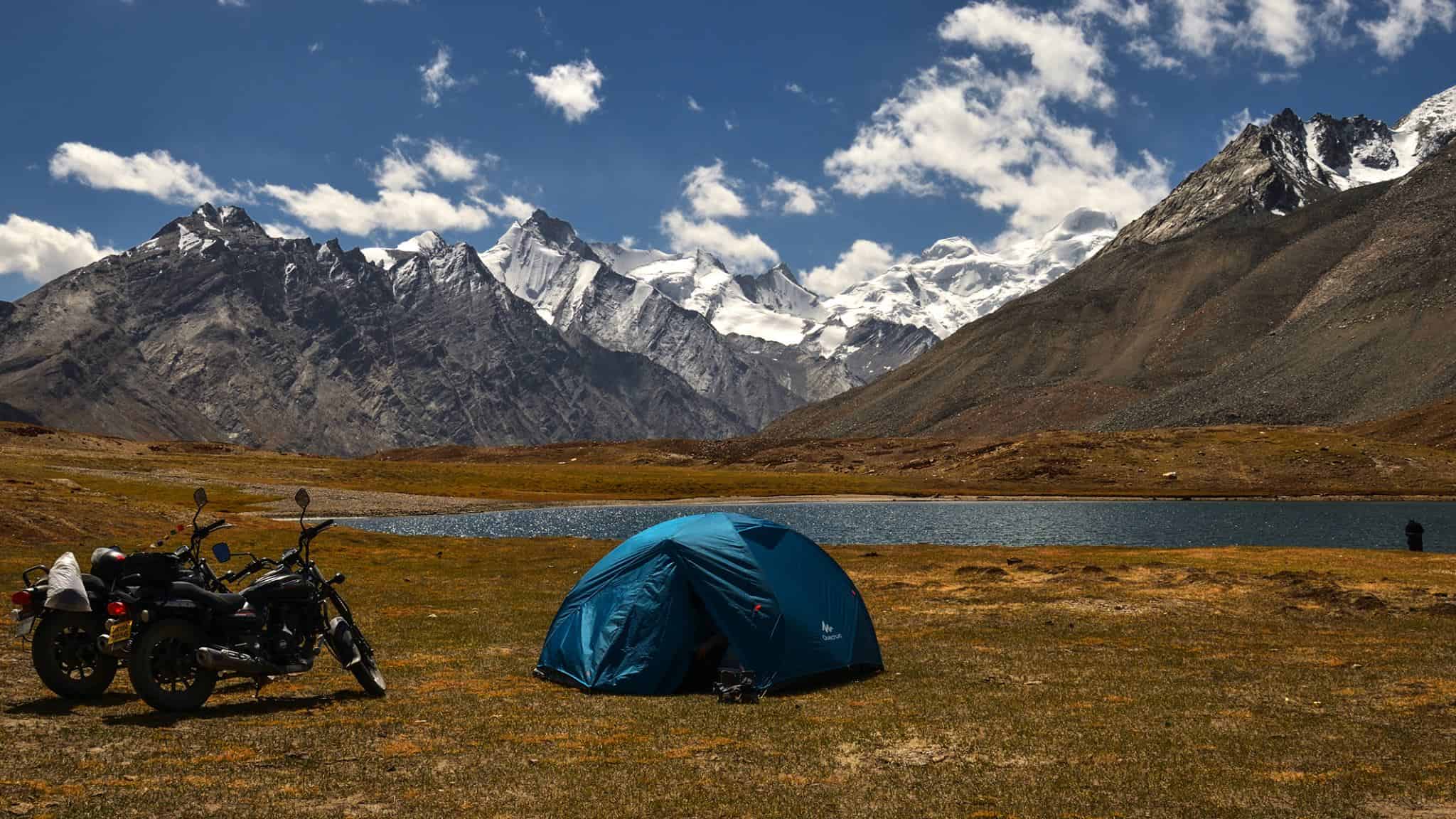
Best Time to Visit Ladakh for European Travelers
Choosing the right time to visit Ladakh is crucial for a memorable trip. The region’s high altitude and extreme weather conditions mean that certain times of the year are more suitable for travel.
Summer (June to September)
🌞 Summer is the most popular time to visit Ladakh, especially for European travelers. The weather is pleasant, with temperatures ranging from 15°C to 25°C, and all roads and passes are open. This is the ideal time for trekking, sightseeing, and attending festivals like the Hemis Festival.
Winter (October to March)
❄️ Winter in Ladakh is a magical experience, but it’s not for the faint-hearted. Temperatures can drop to -20°C, and many roads are closed due to snow. However, this is the best time to experience the Chadar Trek on the frozen Zanskar River and enjoy the serene beauty of snow-covered landscapes.
How to Reach Ladakh from Europe
Reaching Ladakh from Europe requires some planning, but the journey is well worth it. Here’s how you can get to this Himalayan wonderland:
Flights to Leh
✈️ The easiest way to reach Ladakh is by flying into Leh’s Kushok Bakula Rimpochee Airport. Most European travelers will need to take a connecting flight from Delhi or Mumbai. Direct flights from major European cities to Delhi are widely available, making it a convenient option.
Overland Routes
🚗 For those who love road trips, the Leh-Manali Highway and Srinagar-Leh Highway offer some of the most scenic drives in the world. These routes are open from May to October and provide an unforgettable journey through the Himalayas.
Travel Permits for Europeans
🛂 European travelers need an Inner Line Permit (ILP) to visit certain areas in Ladakh, such as Nubra Valley, Pangong Tso, and Tso Moriri. These permits can be obtained online or in Leh. Make sure to carry your passport and visa details when applying.
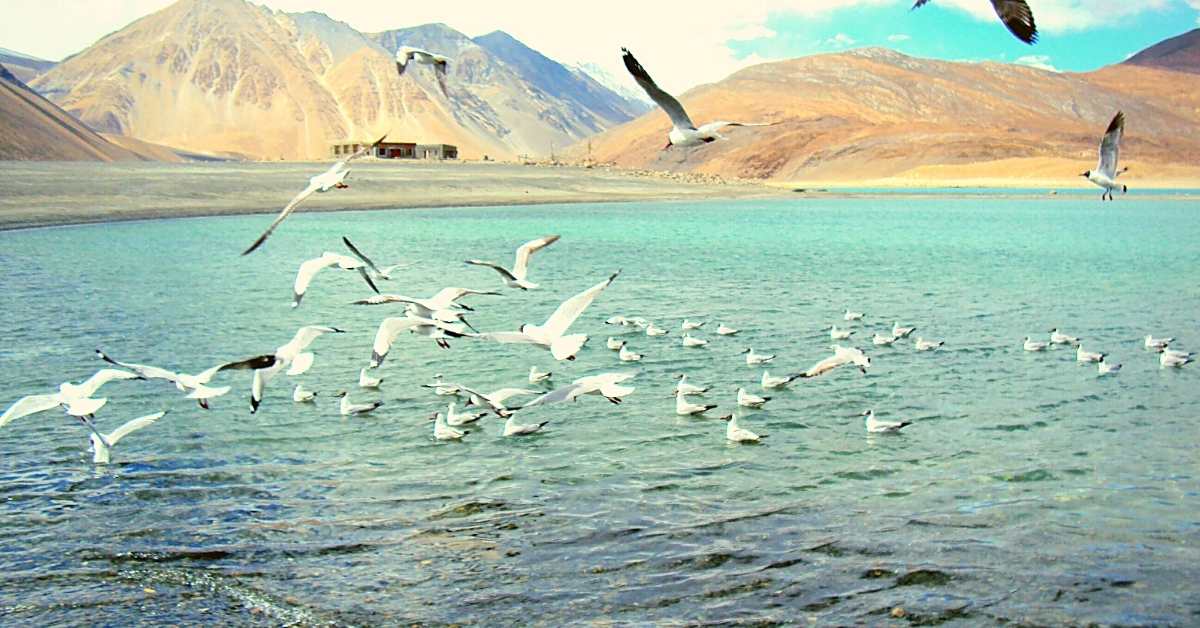
Top Places to Visit in Ladakh for European Travelers
Ladakh is a treasure trove of stunning destinations. Here are the top places you must visit during your trip:
Leh City
🏰 The capital of Ladakh, Leh, is a vibrant city that serves as the gateway to the region. Key attractions include:
- Leh Palace: A historic palace offering panoramic views of the city.
- Shanti Stupa: A white-domed stupa that symbolizes peace and tranquility.
- Leh Market: A bustling market where you can shop for local handicrafts and souvenirs.
Pangong Tso Lake
🌊 Pangong Tso is one of the most iconic destinations in Ladakh. Its crystal-clear blue waters, surrounded by rugged mountains, create a scene straight out of a postcard. The lake is also famous for being featured in the movie 3 Idiots.
Nubra Valley
🐪 Known as the “Valley of Flowers,” Nubra Valley is a unique desert landscape with sand dunes and double-humped Bactrian camels. Key attractions include:
- Diskit Monastery: A beautiful monastery perched on a hilltop.
- Hunder Sand Dunes: A surreal desert landscape where you can enjoy a camel safari.
Tso Moriri Lake
🌅 Tso Moriri is a lesser-known gem that offers tranquility and untouched natural beauty. The lake is surrounded by snow-capped mountains and is a haven for birdwatchers.
Zanskar Valley
🏞️ Zanskar Valley is a paradise for adventure lovers. In winter, the frozen Zanskar River becomes the route for the Chadar Trek, while in summer, it’s perfect for rafting and trekking.
Things to Do in Ladakh for European Travelers
Ladakh offers a wide range of activities that cater to all kinds of travelers. Here are some must-do experiences:
Trekking and Hiking
🥾 Ladakh is a trekker’s paradise, with routes like the Markha Valley Trek and Lamayuru to Alchi Trekoffering stunning views and cultural experiences.
Motorcycle Tours
🏍️ Riding through the Khardung La Pass, one of the highest motorable roads in the world, is an adventure of a lifetime.
Monastery Visits
🕍 Explore ancient monasteries like Hemis, Thiksey, and Alchi to learn about Ladakh’s spiritual heritage.
River Rafting
🚣 The Zanskar River offers thrilling rafting experiences, especially during the summer months.
Cultural Experiences
🎭 Attend local festivals, visit traditional Ladakhi homes, and try authentic Ladakhi cuisine like thukpaand momos.

Practical Travel Tips for European Travelers
To ensure a smooth and enjoyable trip, here are some practical tips for European travelers:
Acclimatization and Altitude Sickness
🏔️ Spend the first two days in Leh to acclimatize. Stay hydrated and avoid strenuous activities initially.
Packing Essentials
🎒 Pack warm clothing, sunscreen, sunglasses, and a good pair of hiking boots. Don’t forget a power bank and travel adapter.
Local Transport
🚕 Hire a taxi or rent a bike for local travel. Shared cabs are also available for budget travelers.
Connectivity and Internet
📶 Mobile networks like BSNL and Airtel work best in Ladakh. Wi-Fi is available in most hotels but can be slow.
Eco-Friendly Travel
🌱 Respect local customs, avoid plastic, and support eco-friendly accommodations and tours.
Ladakh Itinerary for European Travelers
Here’s a sample 7-day itinerary to help you make the most of your trip:
Day 1-2: Acclimatize in Leh
- Explore Leh Palace, Shanti Stupa, and Leh Market.
- Rest and acclimatize to the high altitude.
Day 3: Explore Nubra Valley
- Visit Diskit Monastery and enjoy a camel safari in Hunder Sand Dunes.
Day 4: Visit Pangong Tso Lake
- Drive to Pangong Tso and spend the day by the lake.
Day 5: Discover Tso Moriri Lake
- Drive to Tso Moriri and enjoy the serene beauty of the lake.
Day 6: Trek or Visit Monasteries
- Choose between a short trek or visiting monasteries like Hemis and Thiksey.
Day 7: Return to Leh and Depart
- Spend the day shopping for souvenirs before heading to the airport.
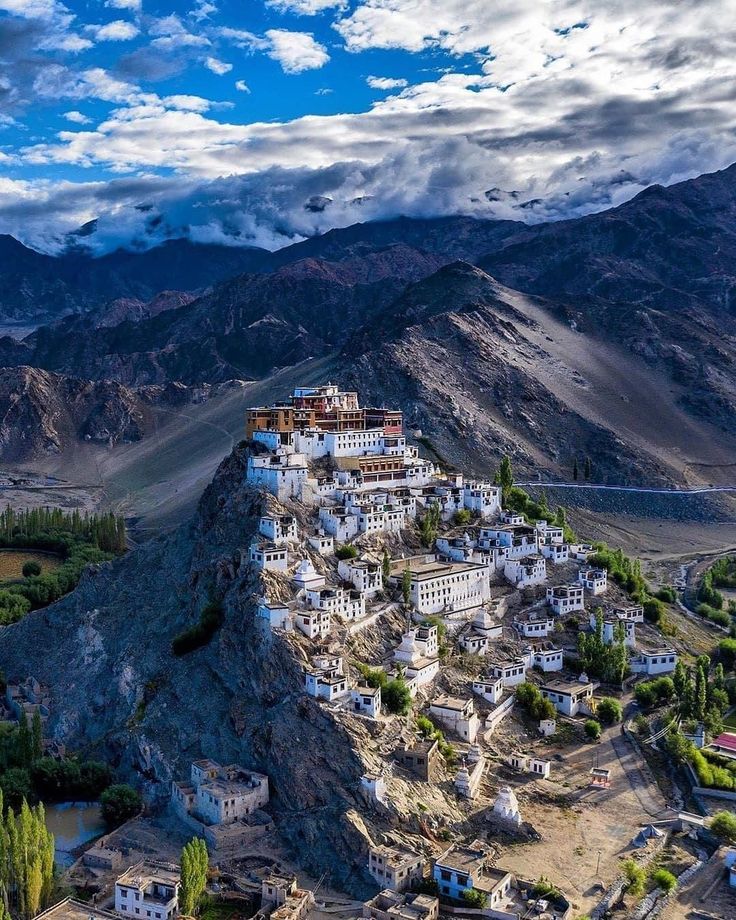
Conclusion: Why Ladakh Should Be on Your Travel Bucket List
Ladakh is a destination like no other, offering a perfect mix of adventure, culture, and natural beauty. Whether you’re a solo traveler, a family, or an adventure enthusiast, Ladakh promises an unforgettable experience. Start planning your trip today and discover the magic of this Himalayan wonderland!
Customer Testimonial
🌟 “Ladakh was everything I dreamed of and more. The landscapes were breathtaking, the people were warm and welcoming, and the adventure activities were thrilling. I highly recommend it to anyone looking for a unique travel experience.”
- Sophie Müller, Germany
- Job: Travel Blogger
FAQ Section
1. What is the best time to visit Ladakh for European travelers?
The best time to visit Ladakh for European travelers is during the summer months (June to September). During this period, the weather is pleasant, with temperatures ranging from 15°C to 25°C, and all roads and passes are open. This is the ideal time for trekking, sightseeing, and attending festivals like the Hemis Festival. Winter (October to March) is also an option for those seeking a unique experience, such as the Chadar Trek on the frozen Zanskar River, but temperatures can drop to -20°C, making it less suitable for some travelers.
2. How do European travelers reach Ladakh?
European travelers can reach Ladakh by flying into Leh’s Kushok Bakula Rimpochee Airport via Delhi or Mumbai. Direct flights from major European cities to Delhi are widely available, making it a convenient option. For adventure seekers, overland routes like the Leh-Manali Highway and Srinagar-Leh Highway offer scenic road trips, but these routes are only open from May to October. European travelers also need an Inner Line Permit (ILP) to visit certain areas like Nubra Valley and Pangong Tso, which can be arranged online or in Leh.
3. What are the top places to visit in Ladakh?
The top places to visit in Ladakh for European travelers include:
- Leh City: Explore Leh Palace, Shanti Stupa, and the bustling Leh Market.
- Pangong Tso Lake: Famous for its changing blue hues and featured in the movie 3 Idiots.
- Nubra Valley: Known for its sand dunes, double-humped Bactrian camels, and Diskit Monastery.
- Tso Moriri Lake: A serene and lesser-known gem surrounded by snow-capped mountains.
- Zanskar Valley: A paradise for adventure lovers, offering trekking and rafting opportunities.
4. What are the must-do activities in Ladakh?
European travelers must try these activities in Ladakh:
- Trekking: Popular routes include the Markha Valley Trek and Lamayuru to Alchi Trek.
- Motorcycle Tours: Ride through the Khardung La Pass, one of the highest motorable roads in the world.
- Monastery Visits: Explore ancient monasteries like Hemis, Thiksey, and Alchi.
- River Rafting: Experience thrilling rafting in the Zanskar River.
- Cultural Experiences: Attend local festivals, visit traditional Ladakhi homes, and try authentic cuisine like thukpa and momos.

